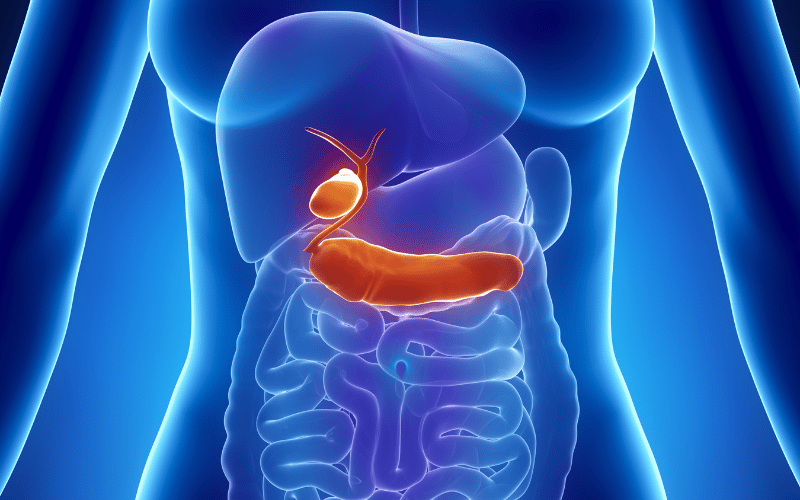Introduction: Deciphering Primary Biliary Cholangitis – What You Need to Know
Primary Biliary Cholangitis (PBC), often shadowed by more common liver diseases, demands our attention for its intricate pathology and the silent way it affects countless lives. In the labyrinth of liver health, PBC emerges as a condition that begins quietly but can have resounding effects on one’s quality of life. As we peel back the layers of PBC, we find a disease marked by its autoimmune nature, a stealthy assailant turning the body’s defenses against its own biliary ducts.

The journey to understanding PBC is not straightforward. Patients may wander through a maze of symptoms before arriving at a diagnosis. Fatigue and itching are the disease’s whispering heralds, often disregarded until they crescendo into undeniable distress. These early warning signals, however subtle, are the first pieces of a puzzle that when assembled correctly, paint the picture of PBC and the urgency for awareness and management.
The staging and progression of PBC follow a path that is both predictable and individual. Like branches of a river, the disease can take different courses in different individuals. Some may experience a sluggish progression, while others may find themselves facing the swift currents of liver complications. Recognizing the stage of PBC is crucial; it informs the treatment regimen and sets the expectations for disease management.
In this exploration, we delve into the depths of PBC with the precision of a scientist and the empathy of a fellow traveler. Understanding the mechanisms at play within the body gives us foresight into the treatment landscape—a terrain that, while challenging, is increasingly navigable thanks to advances in medicine and patient empowerment. Our knowledge of PBC may be evolving, but our commitment to providing insights and guidance remains steadfast.
As we stand at the threshold of this discourse on PBC, remember that knowledge is more than power—it is the light that dispels the shadows of uncertainty. In the subsequent sections, we will journey through the crucial aspects of PBC, from symptomatology to treatment, from lifestyle adjustments to emerging research, all through the lens of those who navigate this condition daily. This is not just an academic exercise, but a lifeline to those seeking to understand and conquer Primary Biliary Cholangitis.
1. The Immunological Underpinnings of PBC: A Closer Look at Autoimmune Assault

Primary Biliary Cholangitis is an enigmatic disease that primarily springs from an autoimmune reaction. The immune system, designed to protect against pathogens, inexplicably turns its weapons against the body’s own biliary duct cells. This autoimmune attack is not a simple onslaught but a complex interplay of genetic predispositions and environmental triggers.
Within the intricate dance of immunity, certain proteins in the biliary duct cells are mistaken for foreign invaders. These proteins, known as mitochondrial antigens, become the targets of autoantibodies. Researchers have observed that these autoantibodies are present in up to 95% of PBC patients, serving as a hallmark of the disease. The resulting inflammation is not just a fleeting response, but a persistent flame that slowly chars the delicate structures of the bile ducts.
As the immune system’s assault continues, the small bile ducts begin to deteriorate. This deterioration disrupts the flow of bile, a critical fluid for digestion and waste removal. Bile acids that are normally dispatched to the intestines remain imprisoned within the liver. This retention not only impairs digestion but also incites further liver injury. It’s a vicious cycle, where injury begets more inflammation and more damage.
One might wonder what ignites this autoimmune reaction. Research suggests a combination of genetic susceptibility and environmental factors such as infections, smoking, and certain chemicals. The interplay of these factors forges a path to PBC, though the initial spark remains elusive. Scientists have identified several genetic markers associated with the disease, providing clues to this puzzle, but the complete picture of what causes the immune system to veer off course is still being assembled.
In delving deeper into the immune mechanisms, we encounter T cells, the soldiers of the immune system, which in the case of PBC, seem to be receiving the wrong orders. Their role is pivotal in the destruction of biliary cells, marking them for attack. Understanding the whys and hows of this autoimmune response is crucial for developing targeted therapies that can halt the immune system’s mistaken attack on the liver. (1)